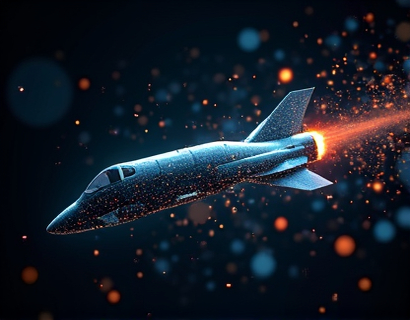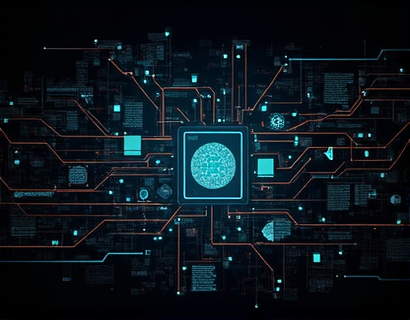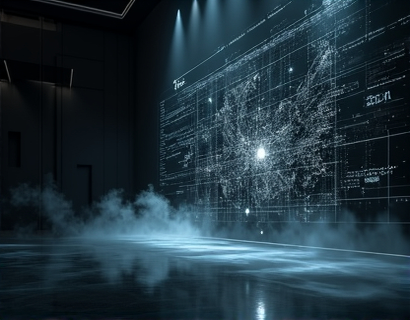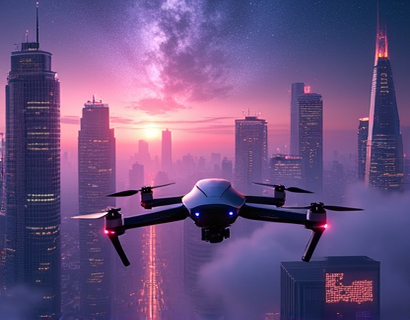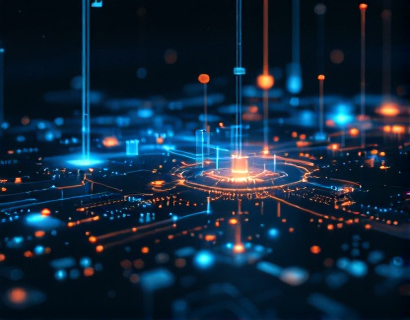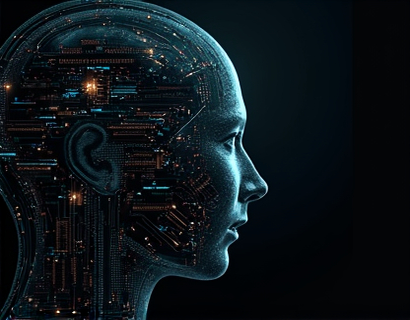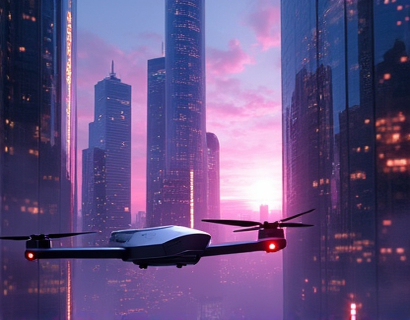AI-Driven Insights: A Verified and Child-Friendly Guide to Space Industry Knowledge and Services
The space industry has always fascinated people of all ages, from students dreaming of becoming astronauts to educators seeking to inspire the next generation. With the advent of artificial intelligence, accessing reliable information about this vast field has become easier than ever. This article serves as a comprehensive guide to the space industry, focusing on AI-driven insights that are verified and child-friendly. Our goal is to provide a secure and educational experience for students, educators, parents, space enthusiasts, and tech-savvy individuals.
Understanding the Space Industry
The space industry encompasses a wide range of activities related to the exploration and utilization of outer space. This includes satellite communications, space exploration missions, and the development of spacecraft. The industry has grown significantly over the past few decades, driven by advancements in technology and increased interest from both government and private sectors.
Key Components of the Space Industry
- Satellite Technology: Satellites play a crucial role in communication, weather forecasting, and navigation. They orbit the Earth and provide essential data for various applications.
- Space Exploration: This involves missions to explore celestial bodies, such as the Moon, Mars, and beyond. Space agencies like NASA and private companies like SpaceX are at the forefront of these missions.
- Aerospace Engineering: This field focuses on the design and construction of aircraft and spacecraft. Engineers work on developing technologies that make space travel safer and more efficient.
- Space Tourism: An emerging sector, space tourism aims to make space travel accessible to civilians. Companies are developing spacecraft that can take tourists on suborbital flights.
- Research and Development: Continuous research is essential for advancing our understanding of space and improving technologies. This includes studying the effects of microgravity on human health and developing new propulsion systems.
The Role of AI in the Space Industry
Artificial intelligence is transforming the space industry by providing tools that enhance data analysis, improve decision-making, and automate processes. AI-driven insights can help stakeholders understand complex data sets and make informed decisions.
Applications of AI in Space
- Data Analysis: AI algorithms can process vast amounts of data collected from satellites and space missions, identifying patterns and trends that humans might miss.
- Autonomous Systems: AI enables spacecraft to operate autonomously, making real-time decisions during missions. This is particularly important for deep-space exploration where communication delays can hinder remote control.
- Predictive Maintenance: AI can predict when spacecraft components are likely to fail, allowing for timely maintenance and reducing the risk of mission failure.
- Mission Planning: AI tools assist in planning complex missions by simulating various scenarios and optimizing resource allocation.
- Robotics: AI-driven robots are used in space exploration to perform tasks that are dangerous or impossible for humans, such as repairing satellites or conducting experiments on other planets.
Child-Friendly Learning in the Space Industry
As the space industry continues to evolve, it is essential to provide educational resources that are safe and engaging for children. AI-driven platforms can offer verified content that is tailored to young learners, ensuring they receive accurate information in an age-appropriate manner.
Benefits of AI-Driven Educational Platforms
- Interactive Learning: AI chat interfaces allow children to ask questions and receive instant answers, making learning more interactive and engaging.
- Personalized Content: AI can tailor content to match a child's learning pace and interests, ensuring they remain motivated and curious.
- Safe Exploration: Verified content ensures that children are exposed to accurate information, reducing the risk of misinformation.
- Encouraging Curiosity: By providing easy access to information about the space industry, children are encouraged to explore their interests and ask questions.
- Support for Educators: Teachers can use AI-driven platforms to supplement their curriculum, providing students with additional resources and insights.
How to Engage with AI-Driven Insights
Engaging with AI-driven insights about the space industry is simple and can be done through various platforms. Here are some ways to get started:
1. Interactive Chat Interfaces
Many AI platforms offer chat interfaces where users can ask questions about the space industry. These interfaces are designed to provide accurate and child-friendly responses, making them ideal for students and young learners.
2. Educational Resources
Look for platforms that provide a wealth of educational resources, including articles, videos, and interactive simulations. These resources can help deepen understanding and spark interest in space-related topics.
3. Online Courses and Workshops
Participating in online courses or workshops focused on space science can provide hands-on experience and knowledge. Many organizations offer programs specifically designed for children and young adults.
4. Community Engagement
Join online forums or communities dedicated to space exploration. Engaging with like-minded individuals can enhance learning and provide opportunities for collaboration on projects.
Safety and Security in Online Learning
When exploring the space industry online, safety and security are paramount, especially for children. Here are some tips to ensure a secure learning experience:
1. Use Verified Platforms
Always choose platforms that provide verified content. Look for endorsements from educational institutions or reputable organizations in the space industry.
2. Monitor Online Activity
Parents and educators should monitor children's online activity to ensure they are accessing appropriate content. Setting guidelines for internet use can help maintain a safe learning environment.
3. Encourage Critical Thinking
Teach children to think critically about the information they encounter online. Encourage them to ask questions and verify facts before accepting information as true.
4. Foster Open Communication
Maintain open lines of communication with children about their online experiences. Discuss what they are learning and any questions they may have.
Future Trends in the Space Industry
The space industry is constantly evolving, and several trends are shaping its future. Understanding these trends can provide valuable insights for students and enthusiasts alike.
1. Increased Commercialization
Private companies are playing an increasingly significant role in the space industry. This trend is leading to more innovation and competition, ultimately benefiting consumers and researchers.
2. Advancements in Space Technology
Technological advancements are making space exploration more feasible and cost-effective. Innovations in propulsion systems, materials science, and robotics are paving the way for new missions.
3. Focus on Sustainability
As space exploration expands, there is a growing emphasis on sustainability. This includes developing technologies that minimize space debris and ensure the long-term viability of space activities.
4. International Collaboration
Countries around the world are increasingly collaborating on space missions. This cooperation fosters knowledge sharing and enhances the capabilities of all involved parties.
5. Education and Workforce Development
As the space industry grows, so does the need for a skilled workforce. Educational programs focused on STEM (science, technology, engineering, and mathematics) are essential for preparing the next generation of space professionals.
Conclusion
The space industry offers a wealth of knowledge and opportunities for exploration. With the help of AI-driven insights, students, educators, parents, and space enthusiasts can access verified and child-friendly information that enhances their understanding of this fascinating field. By engaging with interactive platforms and prioritizing safety in online learning, individuals can embark on a journey of discovery that inspires curiosity and fosters a love for space science. As we look to the future, the continued integration of AI and technology will undoubtedly shape the landscape of the space industry, making it an exciting time to learn and explore.







